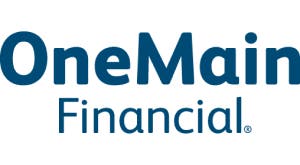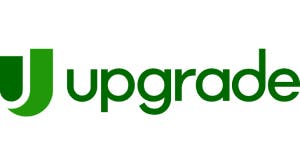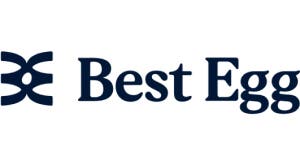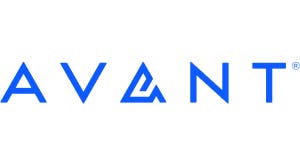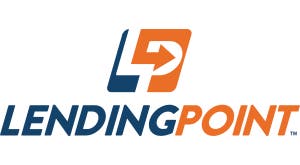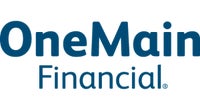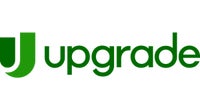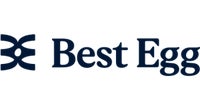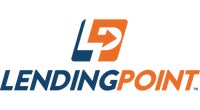PERSONAL LOANS
Upstart: Bankrate 2024 Awards Winner for Best Bad Credit Loan
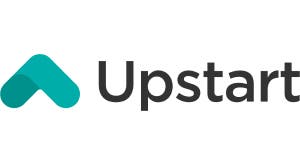
4.8
Bankrate Rating = 4.8/5
Bankrate scores are objectively determined by our editorial team. Our scoring formula weighs several factors consumers should consider when choosing financial products and services.
The annual percentage (APR) includes your interest rate, plus any loan fees. It reflects the total cost of borrowing.
Check rate with Bankrate
This lender is registered in states where it does business, has a Consumer Loan Company License and was vetted by the Bankrate Editorial team.
Upstart’s minimum credit requirements helped it earn Bankrate’s best bad credit loan award. It considers borrowers with little or no credit history for approval. The lender uses a proprietary software that evaluates applicants using more than just credit scores. Upstart holds the record for most loans funded through Bankrate since 2022 at over 8,600.
- Meet credit requirements.
- Residential U.S. street address.
- At least 18 years old.
- Not live in West Virginia or Iowa.
- Email address.
- Social Security number.
- 5% up to $15 late fee.
- Up to 12% origination fee.
- $15 returned check fee.
- $10 one-time paper copies fee.
As soon as one business day.
Pros
- AI may allow approvals for otherwise unqualified borrowers.
- Quick next-day funding possible.
- Offers direct payment to creditors for debt consolidation loans.
Cons
- Origination fee of up to 12 percent of the approved loan amount.
- Potentially high APR with the maximum set at 35.99 percent.
- Loans only available for three- or five-year terms.
The full range of available rates varies by state. A representative example of payment terms for a Personal Loan is as follows: a borrower receives a loan of $10,000 for a term of 60 months, with an interest rate of 21.58% and a 9.84% origination fee of $984, for an APR of 26.82%. In this example, the borrower will receive $9016 and will make 60 monthly payments of $275. APR is calculated based on 5-year rates offered in December 2023. There is no down payment and no prepayment penalty. Your APR will be determined based on your credit, income, and certain other information provided in your loan application. Not all applicants will be approved.
